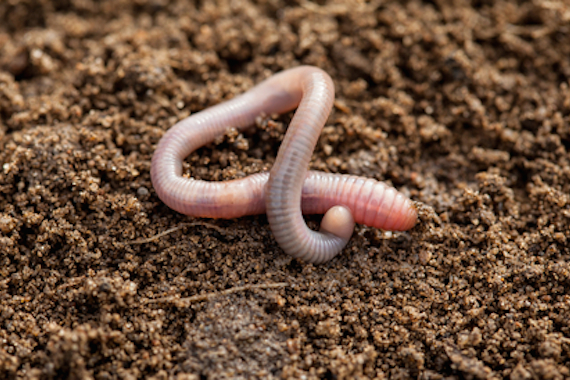Comment by Paul Makube, Senior Agricultural economist at FNB Agri-Business
After a slow start to the 2018/19 summer crop season with severe dryness during December 2018 in the growing areas particularly in parts of the North West and the Free State, conditions rebounded early in January 2019 as good rains provided the much-needed moisture for planting. Farmers proceeded to plant and although some have reportedly planted beyond the planting window in the west which put them at risk of frost damage.
The latest National Crop Estimates Committee (CEC) report indicates that farmers have planted 2.27 million ha of maize this season, which is slightly down by 2.2% year-on-year (y/y). Of the three major producing provinces, the biggest decline is in the Free State (FS) with a 5% drop in planted area. Surprisingly, the North West (NW), which accounts for 21% of the total country area under maize, has surprisingly raised its area planted by 1% year-on-year (y/y) to 487,000 ha. Both the FS and the NW experienced severe dryness during December 2018 which raised fears of a significant drop in output for the 2019/18 production season.
As expected, the Mpumalanga (MP) planted area estimate came in 2% higher y/y mainly due to a 7% increase in white maize area. Yellow maize area for MP is up 1% y/y and still accounts for the biggest share (70%) maize area in MP. Oilseed crops were however the biggest losers with soybeans and sunflower area falling by 5.5% y/y and 26% y/y respectively at 444,00 ha and 743,600 ha.
While the drop in maize area was expected given the bad conditions towards mid-season, the figures were much better than earlier market expectations. This might bring a total crop of closer to 12 million tons of maize, enough to meet the country’s annual consumption if conditions improve further in the near term. Considering the huge carryover maize stocks of 3.2 million tons, supplies will remain adequate for the year ahead. The implications are for a further limited upside for grain prices and positive for inflation outcomes in the months ahead.
The short to medium term weather outlook still calls for rains across the producing areas which bodes well for the developing crops and a good finish to the 2018/19 summer crop season.









